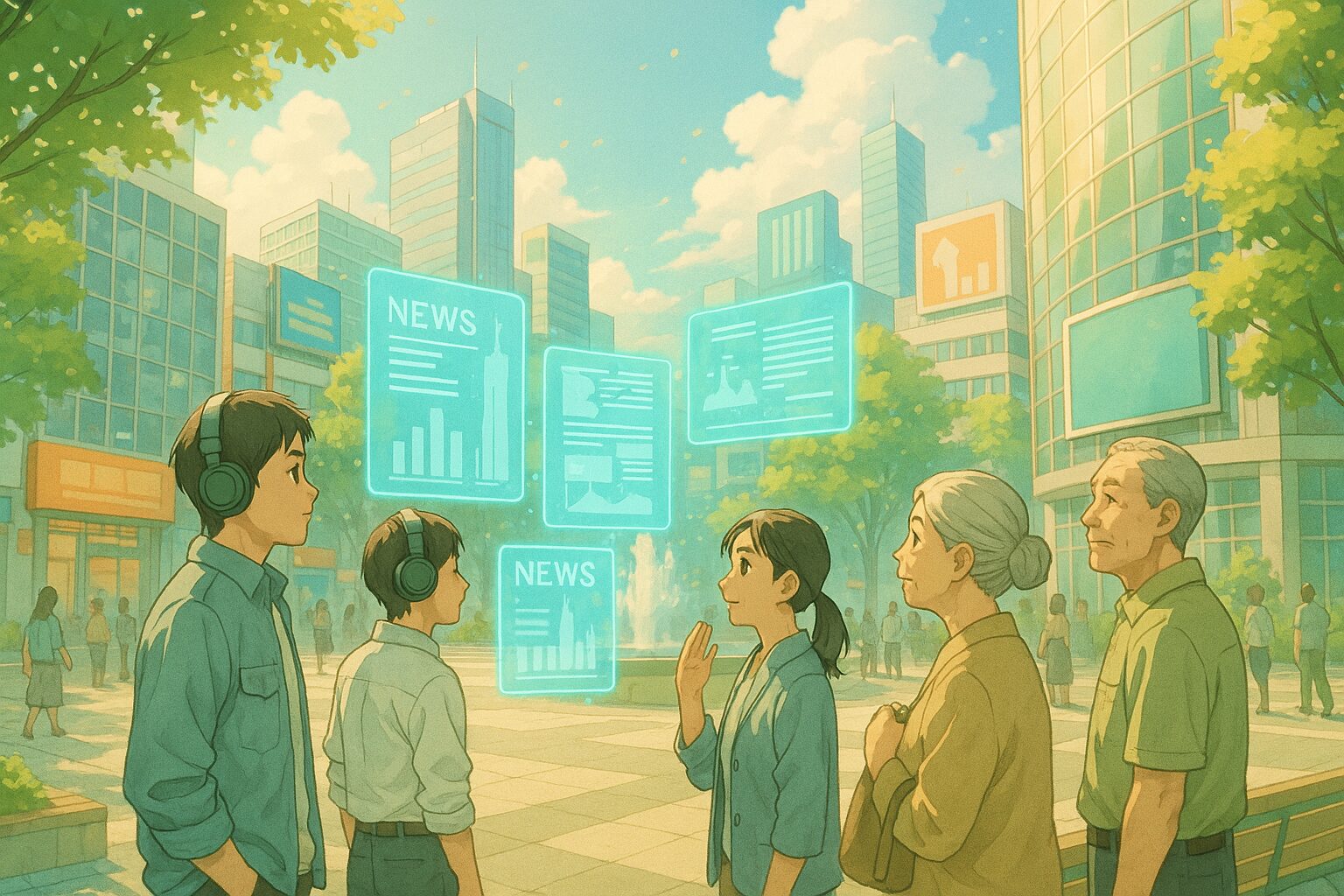What Future Does the Evolution of AI Data Centers Bring?
The evolution of data centers is accelerating within the AI technology super cycle promoted by HIVE Digital Technologies. Let’s imagine the future that comes with this. If this trend continues, how will our lives change?
1. Today’s News
Source:
HIVE Digital Technologies Accelerates Into The AI Super Cycle
Summary:
- HIVE Digital Technologies has secured land for next-generation Tier III+ AI HPC data centers.
- The company announced that it has surpassed a processing capacity of 23 EH/S.
- This is positioned as part of the AI technology super cycle.
2. Considering the Background
The demand for data processing is increasing rapidly due to the advancement of AI technology. This is because AI has started to be used in many industries. Data centers have become critical infrastructure supporting this data processing. Considering that we benefit from data processing in our everyday lives through the proliferation of smart devices and automation technologies, the evolution of these technologies directly impacts our lives.
3. What Does the Future Hold?
Hypothesis 1 (Neutral): A Future Where Data Centers Are Common
As data centers increase, the processing speed and capabilities of AI will dramatically improve, allowing AI to be utilized in every aspect of daily life. Technologies reliant on data, such as autonomous vehicles and smart homes, will further evolve, leading our lives to become increasingly digital. As a result, the presence of digital infrastructure will become commonplace, and our values may shift toward “life without digital technology is unimaginable.”
Hypothesis 2 (Optimistic): A Future Where AI Technology Develops Significantly
The advancement of AI technology will accelerate innovations in fields like healthcare and education. More efficient diagnoses and personalized learning will become possible, improving the quality of life. Consequently, AI is expected to dramatically enhance our quality of life, shifting people’s values toward “maximizing the potential offered by AI.”
Hypothesis 3 (Pessimistic): A Future Where Privacy Is Lost
With the improvement of data processing capabilities, the collection and use of personal information will become more frequent. This raises concerns about privacy violations. Distrust regarding data handling will intensify, potentially shifting our values towards “how to protect personal information.”
4. Tips for Us
Mindset Tips
- As digitalization progresses, consider how your information is being used.
- Always be aware of the impact new technologies have on your life.
Small Practical Tips
- To manage personal information thoroughly, focus on strengthening and regularly changing passwords.
- Share information about advancements in AI technology with those around you to raise awareness.
5. What Would You Do?
- How would you utilize the evolution of AI technology?
- How do you view the balance between privacy and convenience?
- What preparations will you make for the future digital society?
What kind of future do you envision? Please let us know through social media quotes or comments. Let’s think about the future together.









